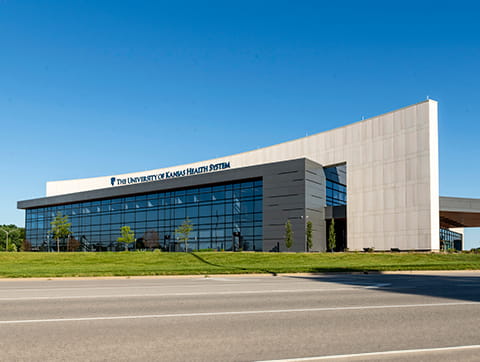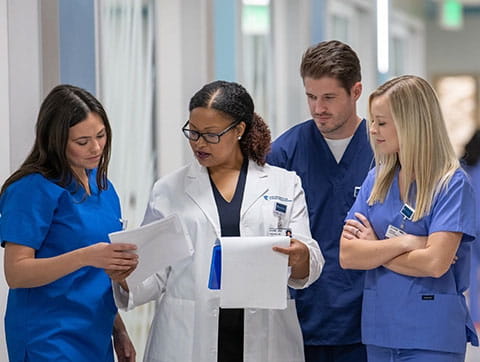- Home
- Conditions and Care
- Specialties
- Burn and Wound Care
- Resources
- Community Outreach
Burn and Wound Care Surgery
Community Outreach
The University of Kansas Health System's Gene and Barbara Burnett Burn Center is a valuable resource for referring facilities and the community. We provide outreach programs, continuing education and conduct research to ensure the most advanced care.
Burn education for professionals
First responders, community health providers and other professionals receive burn care and management training from burn center educators. Training includes initial assessment, treatment, stabilization and transport of burn patients. We help emergency medical service personnel identify patient care issues and opportunities to improve outcomes.
Our community healthcare education includes:
- Advanced burn life support certification training through the American Burn Association. This 8-hour course enables first responders and other medical professionals to assess and stabilize burn patients during the first critical hours after injury. The course includes a written test and oral exam.
- Burn care training and refresher courses for community healthcare professionals:
- Firefighters
- Paramedics and emergency medical technicians
- Medical helicopter team members
- Trauma center professionals
- Physicians and nurses
- Continuing education for area nursing schools and hospitals in the Kansas City metro area and throughout the region.
Burn education in our community
Our burn care professionals visit health fairs, schools, community centers and organizations throughout the region. We share information about burn prevention and critical aspects of burn care.
Injury prevention program
Our burn specialists provide fire hazard education and training on burn prevention techniques. The educational program can be presented to any group and is appropriate for schools, churches and civic groups.
Smoke alarm installation
Each year hospital volunteers install smoke alarms in community neighborhoods to prevent burn injuries. Also included are resources for escape planning and burn prevention education.




